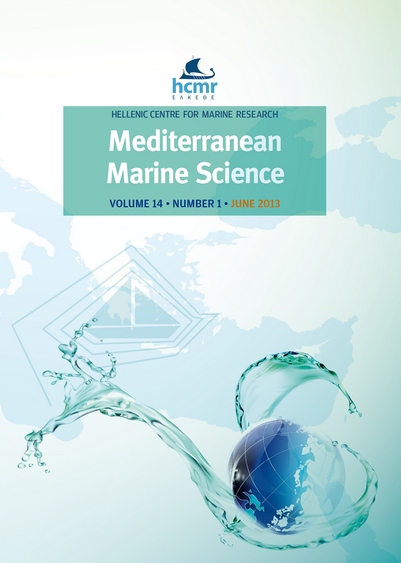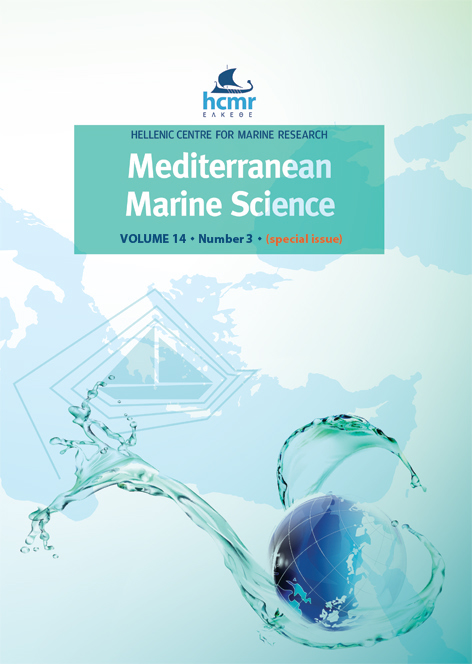Zooplankton diversity and distribution in a deep and anoxic Mediterranean coastal lake
Περίληψη
The variation of the smaller size fraction of zooplankton was investigated during a two-year period in a brackish deep and anoxic coastal lake of western Greece (Aitoliko), along with the specific environmental characteristics of this ecosystem. The zooplanktonic community comprised a relatively small number of taxa and it was dominated by brackish-water calanoid copepods (Paracartia latisetosa, Calanipeda aquaedulcis) and in certain periods by rotifers and tintinnids. The zooplankton abundance showed an increase in the warmer period starting from late spring and reached maximum values in July. In the well oxygenated surface layer, temperature was the most important parameter influencing the seasonal cycles of all groups. In contrast, the oxygen depletion a few meters under the surface affected the vertical distribution of most of the zooplankton groups, which were found restricted in the surface layer especially from spring until autumn. Only the meroplanktonic larvae of polychaetes presented increased proportions in the deeper layers. Salinity has not significantly influenced the zooplanktonic assemblages. The results point out the degraded status of the Aitoliko basin where the hypoxic/anoxic layers resulted to a high portion of dead organic material identified as copepod carcasses, and underlines the necessity of monitoring of this ecosystem.
Λεπτομέρειες άρθρου
- Πώς να δημιουργήσετε Αναφορές
-
KEHAYIAS, G., RAMFOS, A., IOANNOU, S., BISOUKI, P., KYRTZOGLOU, E., GIANNI, A., & ZACHARIAS, I. (2013). Zooplankton diversity and distribution in a deep and anoxic Mediterranean coastal lake. Mediterranean Marine Science, 14(1), 179–192. https://doi.org/10.12681/mms.332
- Τεύχος
- Τόμ. 14 Αρ. 1 (2013)
- Ενότητα
- Research Article
Authors who publish with this journal agree to the following terms:
- Authors retain copyright and grant the journal right of first publication with the work simultaneously licensed under a Creative Commons Attribution Non-Commercial License that allows others to share the work with an acknowledgement of the work's authorship and initial publication in this journal.
- Authors are able to enter into separate, additional contractual arrangements for the non-exclusive distribution of the journal's published version of the work (e.g. post it to an institutional repository or publish it in a book), with an acknowledgement of its initial publication in this journal.
- Authors are permitted and encouraged to post their work online (preferably in institutional repositories or on their website) prior to and during the submission process, as it can lead to productive exchanges, as well as earlier and greater citation of published work (See The Effect of Open Access).









